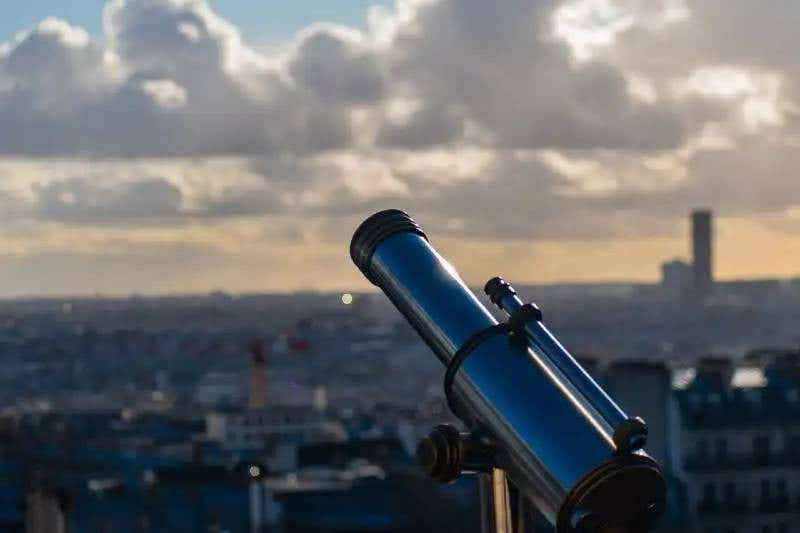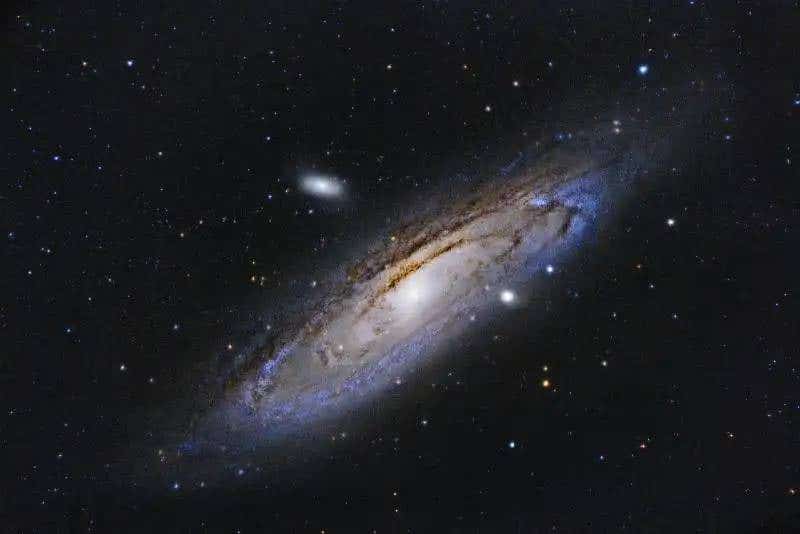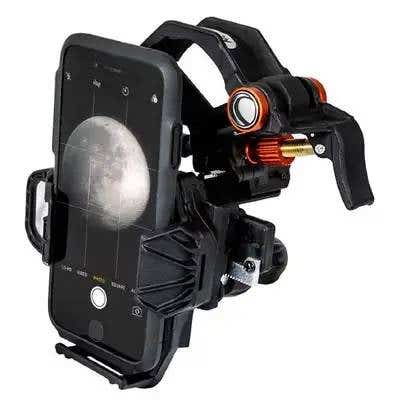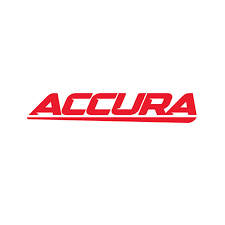Telescope Buying Guide
If you've ever looked up at the night sky and dreamed of having a better understanding of what's up there, you are not alone; astronomy has been a popular hobby for many generations. We urge you to consider getting a telescope of your own and having a closer look.
While the idea and the desire for knowledge are the same, the modern telescope is a different tool than what was available previously. Let's take a look at what you need to know before buying a telescope, so you can be better informed when making your purchase.
Different types of telescopes
While most telescopes look the same externally, on the inside they use one of a few different designs to project their image to you, the viewer. Here are the two main styles of telescopes.
Reflector - Reflector telescopes use a mirror-based design to collect light and provide you with a view of the sky. These telescopes are generally known for providing excellent value for money, and you can get a telescope with a very large aperture at a reasonable price. These telescopes are good for the moon, stars and other large and bright objects, but are not the best choice for deep space viewing. Reflector telescopes by default provide an upside-down view through their eyepiece, which can prove challenging for beginners to navigate.
Refractor - Refractor telescopes are designed using a series of large lenses, which can be costly to make, which means larger refractor telescopes tend to be more expensive. Refractor telescopes are sturdy and beginner-friendly, they are available in portable, travel-friendly sizes, and they provide an image that is the right way up. If you want to view deep space objects, such as galaxies and nebulae, refractor telescopes are the way to go, while they can also be used with great success for land viewing.


Other Telescope specifications of note:
With the main styles of telescopes out of the way, there is still a whole bunch of jargon that you will have to try and get your head around when choosing the best telescope for you.
Here is a list of some common parts and features found on telescopes, with a brief description of each.


Aperture - If you are coming from a photography background, this will already be familiar to you. The aperture refers to the diameter of the telescope's main lens or mirror. It is directly responsible for the light-gathering abilities of the telescope, with a larger hole resulting in a brighter and more detailed view.
Focal length - The focal length of a telescope refers to the distance at which the rays of light converge together to form a sharp and focused image. If this is too confusing, just remember, focal length is directly related to magnification and field of view, with a longer focal length resulting in a longer magnification and narrower field of view.
Focal ratio - This is an equation which involves dividing the focal length of a telescope by the aperture. This measurement tells someone how good a telescope can gather light, and therefore how suitable it is for astro purposes, with a faster focal ratio, or smaller f-number, being better suited for such purposes.
Eyepieces - A telescope generally comes with a few different eyepieces which are required to view the image being captured. The eyepiece alone does not decide the magnification of your view, but rather the eyepiece in conjunction with your telescope's focal length.


Working out the magnification of a setup involves dividing the focal length by the eyepiece measurement. For example, a 1000mm focal length and a 10mm eyepiece would yield a 100x magnification. (1000 / 10 = 100).
Note: While it may seem that we would always need a high magnification for astro viewing due to the physical distance between us and the sky, this is not the case with telescopes. For example, for viewing galaxies and similarly large subjects, you are best to use an eyepiece that will provide a very wide field of view. Conversely, a higher magnification is required for viewing individual planets and similar subjects.


Exit pupil - This is how far back from the eyepiece you should view from for a clearer image. A high magnification will allow you to view from closer, while a low magnification has a larger exit pupil, with the difference between the two often being only millimetres.
Accessories to make the most of your view:
As with any hobby, there are a range of accessories available that make the job easier or help you to get better performance out of your equipment. Here are just a few that you can consider.


Barlow lens: This item sits between your eyepiece and telescope focuser and basically doubles the magnification. With this in your kit, you basically have twice as many magnifications at your disposal, although it must be mentioned that super high magnifications often result in a poorer view.
Smartphone telescope adaptors: So your exciting night sky adventures are not just memories that you can call upon, consider purchasing a smartphone telescope adaptor, such as the Vixen Smartphone Telescope Adaptor, or the Celestron NexYZ Adaptor. These handy accessories simply attach to the eyepiece barrel of your telescope, so you can position the camera of your phone directly over the eyepiece to capture images.
Browse our collection of telescopes today
Next Post
How To Make a Photo Wall at Home
Previous Post
How To Capture Lightning Photos












